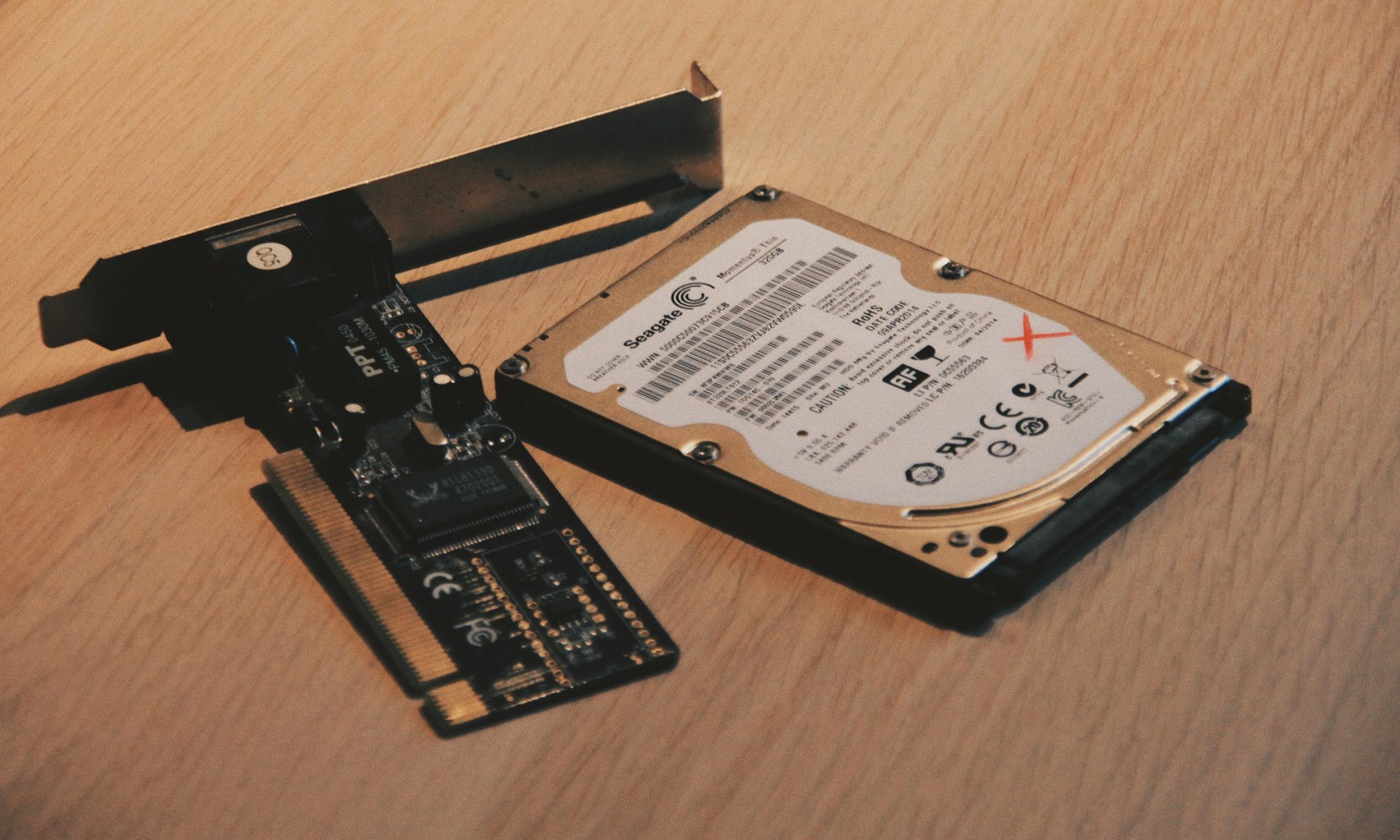It has now been over a year since I posted on this blog. My last post was February 23, 2021. My posting has never been better than sporadic, with a few notable exceptions. I make no money from this blog, I post only very infrequently, if at all, so why keep it, you might ask. It would be a valid question. It is a question I have asked myself many times.
Part of my answer would be that someone, somewhere, would be inspired by something on this blog and go on to do what I grow ever more certain I cannot do – produce a work of words so exciting, so magnetic, so impactful, that others want to read, nay, will even pay money to read it. Or listen to. As an author, I am, at best “aspiring”. I have over ten works in progress, none of which are even close to the point of publication. They are all incomplete, missing vital aspects of plot, character development, conflict, and resolution. They have scattered story lines, incomplete narratives, redundant and tedious wording and detail, and lack any sense of cohesiveness. Yet I keep them around, hoping that inspiration will strike and sustain me to complete one of them.
Having recently jettisoned to the digital dustbin a large body of work that I had created over a decade or more, I know that I can’t do that with my more legitimate works. All of them have one of two fates in store for them. One, and the more likely, is they will remain unfinished, never reaching a moment of completion, forever lacking a “The End” that denotes them as done. Sure, they might be worked on, added to, edited, and tweaked, but more than likely will never be read by anyone besides me and my one trusted beta reader.
The other fate, the one I dream of, the one that tantalizes me, the one I see in my wildest imagination, is that one, or some, or all of them are eventually completed, presented to the world, and bring joy to someone other than me. This will take intestinal fortitude, a lot of creativity, and a lot of long days and nights clicking away on the keyboard to accomplish. I honestly don’t know if I have it in me to do this. I don’t know if I am good enough to even finish one, much less make it worth somebody else’s time to consume. I hope I do.
The one thing I have learned and relearned over the last year of not posting anything to this blog is that some things change, and others do not. There’s nothing new in this epiphany, as there is nothing new under the sun, but I believe that every person has to confront this fact on their own, through their own circumstances. It is not enough to see it in other’s lives. It must be lived, directly experienced, and assimilated into the mind of every individual for it to be real.
Sometimes change is good and your life is blessed. Sometimes change is debilitating, and your life is somehow diminished. As I get older, and time and the inevitable destruction of my body from diabetes wears on me, I see the diminishing of life. As I write this, I am rapidly approaching the time when my age will no longer begin with a four. That is only days away, and yet, I still shrink away from it and the full weight of that fact has yet to sink in. I’ve dealt with the curse of diabetes for nearly forty years, and while I have held at bay many of the physical effects of the disease, I know a time will come when I will no longer be able to do so. The pressure to take advantage of “the now” grows with each passing day as I see myself grow older and more diminished.
With all of that said, I once again put here in ones and zeros the proclamation that I will try, with what remains of this year, to complete one of my many works in progress – to turn a bunch of letters, words, pages, and chapters into something that entertains and inspires. Will this be the year I am right? Who knows? Maybe. And this is the best I can offer.
Photo by Ergita Sela on Unsplash





